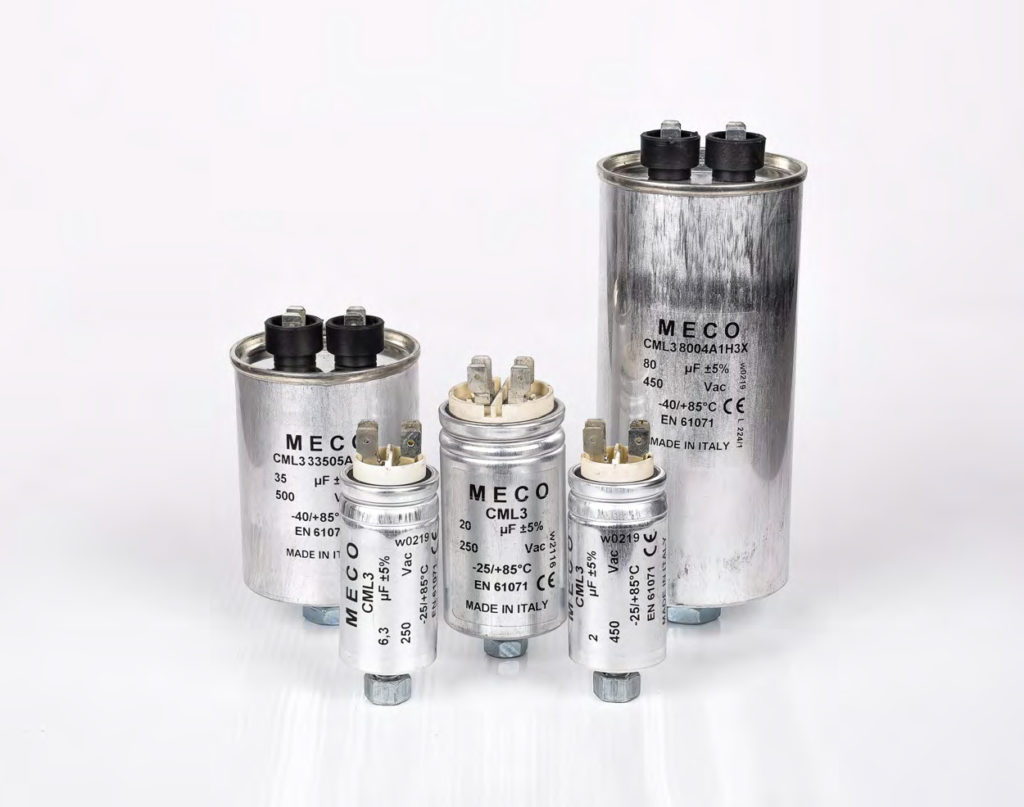Applications
These capacitors are intended for various AC and DC applications where high currents and frequencies are required. The most important applicance of capacitors in the power electronics are filtering, protection, commutation, energy storage, resonant circuits and many others. AC Filtering For the application “filtering in alternated” the capacitor is excited with a fundamental current that is u ually at 50 or 60 Hz. Besides the fundamental, there are one or more harmonics that generate high currents. The values of these currents must be known and must not exceed the maximum values declared in the r espective specifications. Typical application of these capacitors is in filters at the output of uninterruptible power supplies (UPS) where there are several harmonics. DC Filtering For the application “filtering in direct” the capacitor is excited by two voltages. One is the direct current that can arrive up to 10000 Vdc and the other is the alternated current (ripple voltage) but the frequencies can be in the region of kHz . The very high frequency and the high values of the capacitances, up to thousands of µF, generate currents, that can also be hundreds of ampères. In protection circuits These are used to build RC circuits in parallel to semi-conductors to protect them from overvoltages. In this application, the capacitors are submitted to very high, but short lasting, current peaks.




